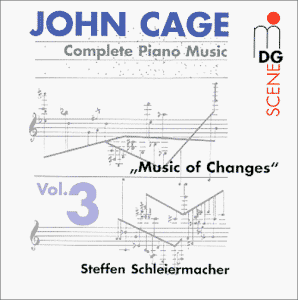 Composer: Ture Rangström
Composer: Ture Rangström
Works: Divertimento Elegiaco
Performers: Camerata Roman
Recording: Recorded at Påskallavik Church, January 1993
Label: INTIM MUSIK IMCD 021
Ture Rangström, a figure often overshadowed in the pantheon of early 20th-century composers, emerges in this recording as a compelling voice of introspection and nuance. His Divertimento Elegiaco, composed in 1918 amid the tumult of World War I, encapsulates a unique blend of emotional depth and formal ingenuity. This work, with its four movements—Preludio visionario, Scherzo leggiero, Canzonetta malinconica, and Giga Fantastic—draws not only from the rich tapestry of Nordic folk traditions but also from the literary influences of E.T.A. Hoffmann, suggesting a musical narrative that is both personal and universal.
The performance by Camerata Roman reveals a nuanced understanding of Rangström’s intentions. The ensemble navigates the intricate textures of the Divertimento with both precision and expressive warmth. In the opening Preludio visionario, the strings create a haunting atmosphere, establishing a sense of foreboding that is both palpable and beautifully articulated. The interplay between sections is particularly commendable; the violins’ soaring lines blend seamlessly with the darker timbres of the lower strings, creating a rich sonic landscape that draws the listener into Rangström’s world.
The Scherzo leggiero, often misinterpreted as merely light-hearted, is delivered here with a sardonic edge that reveals its underlying complexity. The players balance a playful veneer with an undercurrent of tension, effectively embodying Rangström’s own contradictions. The technical skill displayed, especially in the rapid passages, is commendable, with each note crisply articulated, allowing the humor to shine through without sacrificing the movement’s darker undertones.
The heart of the work, the Canzonetta malinconica, stands out as a sublime testament to Rangström’s lyrical capabilities. Here, the performers excel in conveying the movement’s emotional weight. The rich, singing lines resonate with a profound melancholy, and the ensemble’s ability to achieve a delicate balance of dynamics enhances the emotional impact. The subtle shifts in tempo and phrasing—particularly in the climactic moments—are handled with great sensitivity, drawing the listener into a deeply reflective space.
Recording quality plays a significant role in the overall effectiveness of this performance. The engineers have successfully captured the warmth and depth of the string orchestra, allowing the subtleties of Rangström’s orchestration to come to the forefront. The acoustics of Påskallavik Church lend an organic resonance that complements the music’s inherent lyrical qualities. Each movement breathes, allowing for the ebb and flow that is essential to the interpretation of such emotionally charged music.
Camerata Roman’s interpretation of Rangström’s Divertimento Elegiaco stands as a significant contribution to the repertoire of Baltic music. Their effort not only highlights the beauty of the work itself but also contextualizes Rangström within the broader narrative of early 20th-century composition. The ensemble’s skillful execution and the thoughtful engineering ensure that this recording is a compelling listen, deserving of a place in the collections of those who seek to explore the depths of Scandinavian music. As we await the subsequent volumes in this series, this first installment offers a rich and rewarding experience that will resonate with both seasoned listeners and newcomers alike.



